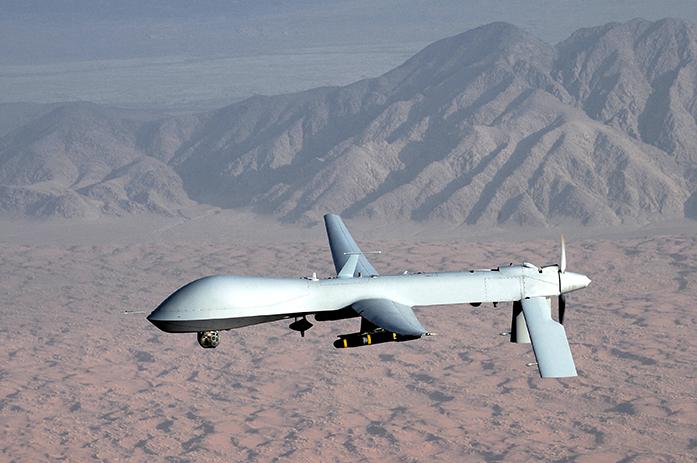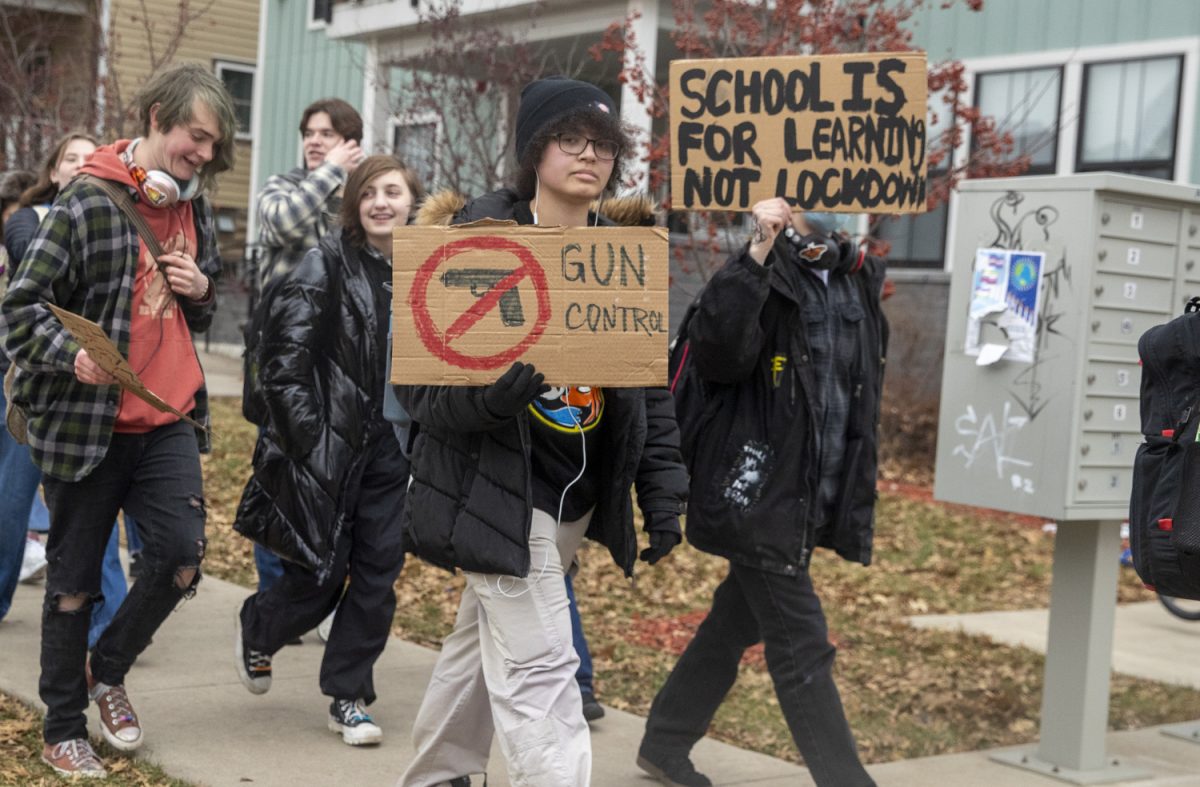In the U.S. war on terror, the methods used to battle violent extremism in the Middle East, South Asia, and North Africa have changed in tandem with the political climate at home. When ending the war in Iraq became increasingly intractable, pressure mounted to withdraw our forces from the region and explore alternative means of fighting violent extremists. Under President Obama, this meant using drones in targeted killings.
On Oct. 15, the whistleblowing site the Intercept released a set of leaked documents and internal U.S. military presentations that give the public an unprecedented look into the machinations in the country’s drone program. The accompanying article asserts that the use of drones has evolved from an option to be used only in rare circumstances with imminent threats present to a curated list of individuals to be assassinated, with collateral damage as part of the equation.
For a time, drone warfare was quite controversial in the United States. The “kill list” that officials developed had been characterized as extrajudicial, particularly after an American citizen, Anwar al-Awlaki, was killed from a targeted drone strike in 2011.Because of the secretive nature of the program, the legal memo that justified his killing was not released until 2014.
However, the topic has mostly died down in public discussion as the threat of ISIS and renewed destabilization in the Middle East and South Asia has dominated the news cycle. It’s possible that this fresh information about the U.S. drone use will come and go without any conversation about the policy — which would be a grave mistake.
At the heart of the issue of targeted drone killings is that once the dust clears, it’s difficult to tell which bodies were those of militants and which were civilian bystanders in the wrong place at the wrong time. There are no widely accepted numbers of civilian deaths from drone strikes available, and both the Obama administration and human-rights groups often assume opposite notions about those killed: that they’re combatants or civilians. The leaked documents exacerbate this issue, the Intercept claims, showing that military intelligence often classifies unidentified people killed in these strikes as enemies.
In an operation conducted between January 2012 and February 2013, drone strikes killed 200 people in northeast Afghanistan. Only 35 of those were targeted. The justification for this disparity is largely an assumption that the others were “guilty by association,” a spotty argument that would likely not hold up to legal scrutiny.
The more time that goes by without Americans challenging this program, the more difficult it will be to change. Already, the lack of knowledge of the true effect of drone strikes and whom they are targeting is accepted as the status quo. Obviously, the full details of any classified national-security program should not be revealed to the public, and these leaked documents may prove problematic in their repercussions on intelligence gathering in the future. But if the only way for Americans to know the extent of civilian causalities caused by their military is through these means, then there is something very wrong with the status quo. Regardless of what the United States decides to do with the drone program, we need to be able to have an honest discussion about it.










